Pulp and Paper Industry: Trends and Challenges
- September 5, 2024
- 0 comment
The pulp and paper industry has a rich history that dates back centuries, with roots tracing to the invention of papermaking in ancient China. Over time, the industry evolved from small-scale, manual production methods to the vast, technologically advanced operations we see today. The importance of the pulp and paper industry in the global economy cannot be overstated. It provides essential products such as packaging materials, writing paper, and hygiene products, supporting a wide array of industries and daily needs.
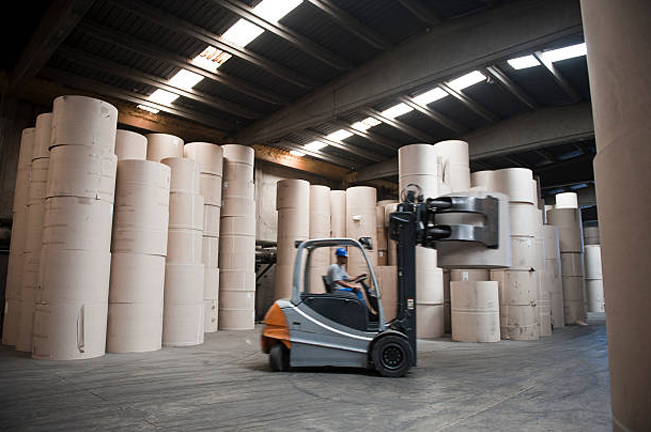
In recent years, the industry has experienced significant changes driven by technological advancements, shifting consumer preferences, and increasing environmental awareness. Today, the pulp and paper sector is at a crossroads, facing both exciting opportunities and formidable challenges. Understanding the trends shaping the industry and the challenges it faces is crucial for stakeholders aiming to navigate its future successfully.
Table of Content
- Major Trends Shaping the Pulp and Paper Industry
- Digital Transformation and Automation
- Environmental Challenges and Industry Responses
- Economic and Operational Challenges
- Innovation and Future Outlook
- FAQs
Major Trends Shaping the Pulp and Paper Industry
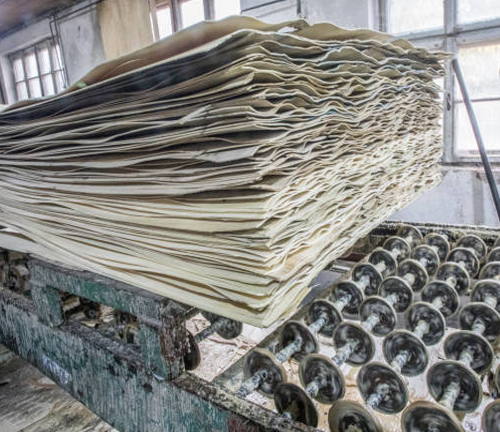
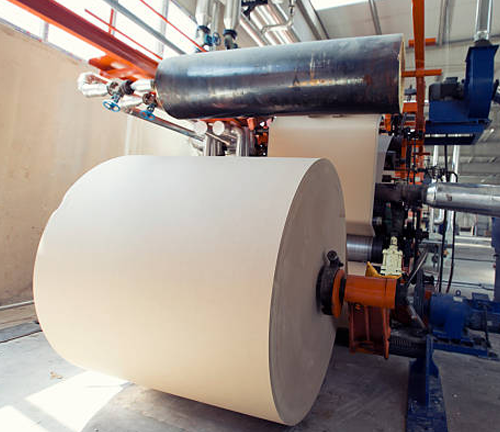
Sustainability Initiatives and Eco-Friendly Practices
Sustainability has become a central focus for the pulp and paper industry as companies strive to balance economic growth with environmental stewardship. A key trend in this area is the adoption of sustainable forestry practices. These practices include responsible sourcing of raw materials, and ensuring that forests are managed in a way that maintains their ecological integrity while providing the necessary resources for production.
Additionally, there is a noticeable shift towards the use of recycled and alternative fibers. Consumers and companies alike are increasingly demanding products made from recycled paper or alternative materials such as bamboo or agricultural residues. These options not only reduce reliance on traditional wood sources but also contribute to lower environmental impact.
Innovations in reducing water and energy usage have also gained momentum. The industry has made significant strides in developing processes that minimize water consumption and enhance energy efficiency, leading to more sustainable production practices that benefit both the environment and the bottom line.
Digital Transformation and Automation
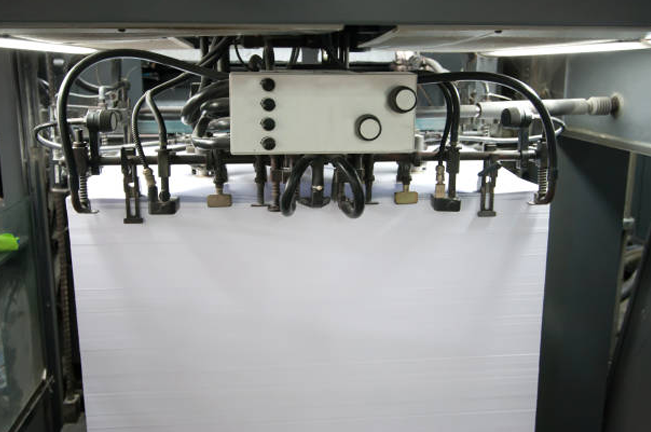
The digital revolution has touched nearly every industry, and the pulp and paper sector is no exception. The implementation of Industry 4.0 technologies is transforming how companies operate, with automation playing a pivotal role in improving efficiency and reducing operational costs. Automation is being used to streamline production processes, reduce human error, and increase output consistency.
Digitalization has also impacted supply chains, making them more transparent and responsive. Advanced data analytics and IoT (Internet of Things) devices are being employed to monitor equipment in real-time, predict maintenance needs, and optimize resource allocation. These technologies not only boost productivity but also help companies respond more swiftly to changes in market demand.
Market Dynamics and Global Demand
The global demand for paper and paperboard products continues to evolve, influenced by various factors including digital media, packaging needs, and regional economic development. While the consumption of traditional printing and writing papers has declined due to the rise of digital communication, the demand for packaging materials has surged, driven by the growth of e-commerce and changing consumer habits.
Emerging markets, particularly in Asia and Latin America, present significant growth opportunities for the pulp and paper industry. As these regions experience economic expansion and urbanization, the demand for paper products is expected to increase, offering new avenues for industry growth.
Environmental Challenges and Industry Responses
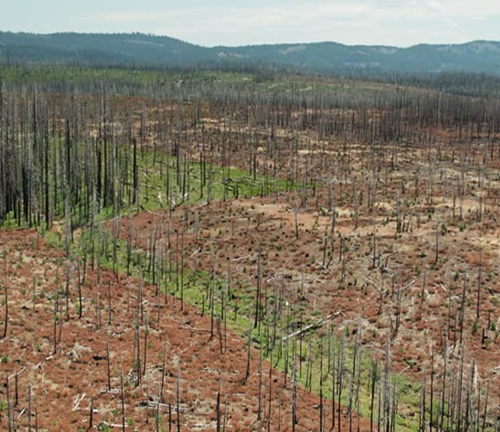
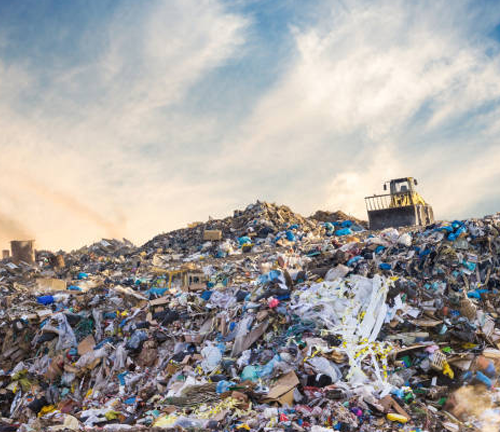
Deforestation and Resource Depletion
One of the most pressing environmental challenges facing the pulp and paper industry is deforestation. The sourcing of raw materials, primarily wood, has a direct impact on global forests. In response, the industry has been actively promoting strategies to mitigate deforestation and encourage reforestation. Sustainable forest management practices, certification programs, and replanting initiatives are essential in ensuring that forest resources are used responsibly.
Pollution and Waste Management
Managing pollution and waste is another significant challenge for the pulp and paper industry. The production process involves chemicals and generates emissions that can be harmful to the environment. However, the industry has made progress in adopting cleaner production methods and improving waste recycling processes. Regulatory pressures have also pushed companies to comply with stringent environmental standards, leading to innovations that reduce the ecological footprint of production.
Climate Change and Carbon Footprint
The pulp and paper industry plays a role in global greenhouse gas emissions, contributing to climate change. Efforts to reduce the industry’s carbon footprint include adopting sustainable practices, such as using renewable energy sources and improving energy efficiency. Additionally, companies are exploring carbon sequestration methods and participating in carbon trading schemes to offset their emissions. The potential impacts of climate change on the industry’s supply chain, such as changes in forest growth patterns and water availability, also require careful consideration and proactive management.
Economic and Operational Challenges
Rising Costs and Profitability Concerns
The volatility of raw material prices poses a significant challenge to the profitability of the pulp and paper industry. Fluctuations in the cost of wood, chemicals, and energy can have a direct impact on production costs, making it difficult for companies to maintain stable profit margins. In this highly competitive global market, companies must adopt strategies for cost management and operational efficiency to stay competitive.
Workforce and Skill Development
As the industry undergoes digital transformation and adopts new technologies, there is a growing need for a skilled workforce capable of operating and maintaining advanced machinery and systems. Attracting and retaining talent is a challenge, particularly as the industry competes with other sectors for skilled labor. Training and development initiatives are essential to equip the workforce with the necessary skills to meet the demands of a rapidly evolving industry.
Supply Chain Disruptions and Risks
The global nature of the pulp and paper industry’s supply chain makes it vulnerable to disruptions. Geopolitical tensions, trade policies, and natural disasters can all affect the availability of raw materials and the smooth operation of production and distribution networks. Companies are increasingly focused on enhancing supply chain resilience, implementing strategies such as diversifying suppliers, improving logistics, and investing in technology to mitigate these risks.
Innovation and Future Outlook
Emerging Technologies and New Product Development
Innovation is key to the future success of the pulp and paper industry. Emerging technologies in biodegradable and specialty paper products are opening new markets and meeting the growing demand for sustainable alternatives to traditional products. Research and development (R&D) efforts are critical in driving these advancements, enabling companies to diversify their product offerings and explore new applications for paper-based materials.
The Role of Policy and Regulation in Shaping the Industry’s Future
Global and regional regulations play a significant role in shaping the future of the pulp and paper industry. Government incentives for sustainable practices, such as tax breaks and subsidies, encourage companies to invest in environmentally friendly technologies. Upcoming environmental policies, particularly those related to carbon emissions and deforestation, will likely have a profound impact on the industry, necessitating proactive adaptation and compliance.
Long-Term Projections and Strategic Planning
Looking ahead, the pulp and paper industry is expected to continue evolving in response to global trends and challenges. Strategic initiatives focused on sustainability, innovation, and operational resilience will be crucial for navigating the complexities of the future. Adaptability and a commitment to long-term planning will be essential for ensuring the industry’s longevity and success in an increasingly dynamic and competitive landscape.
Frequently Asked Questions (FAQs)
1. What is the history of the pulp and paper industry?
The pulp and paper industry has ancient roots, dating back to papermaking in China around 105 AD. Over centuries, the industry evolved from small-scale production to large-scale, industrialized operations, becoming a vital part of the global economy.
2. Why is the pulp and paper industry important to the global economy?
The industry plays a critical role by supplying essential products like packaging materials, writing paper, and hygiene products. It supports numerous industries, generates employment, and contributes significantly to economic development worldwide.
3. What are the major trends shaping the pulp and paper industry today?
Key trends include sustainability initiatives, digital transformation, and shifts in global market demand. Companies are adopting eco-friendly practices, embracing automation and digitalization, and adapting to changes in consumer behavior and market dynamics.
4. How is the pulp and paper industry addressing sustainability?
The industry is increasingly adopting sustainable forestry practices, using recycled and alternative fibers, and innovating to reduce water and energy consumption. These efforts aim to balance production needs with environmental protection.
5. What role does digital transformation play in the industry?
Digital transformation involves the adoption of Industry 4.0 technologies, such as automation and data analytics, to improve efficiency, reduce costs, and enhance supply chain management. These technologies help companies remain competitive in a rapidly changing market.
6. How has global demand for pulp and paper products changed?
While demand for traditional paper products like printing and writing paper has declined, there is growing demand for packaging materials driven by e-commerce. Emerging markets in Asia and Latin America also present new growth opportunities.
7. What environmental challenges does the pulp and paper industry face?
The industry faces challenges like deforestation, pollution, and climate change. Companies are working to mitigate these issues through sustainable practices, cleaner production methods, and efforts to reduce their carbon footprint.
8. How does the industry manage deforestation and resource depletion?
The industry addresses deforestation by promoting sustainable forest management practices, replanting initiatives, and certification programs that ensure responsible sourcing of raw materials.
9. What are the economic challenges in the pulp and paper industry?
Economic challenges include rising costs due to raw material price volatility, maintaining profitability in a competitive market, and supply chain disruptions caused by geopolitical tensions and other global factors.
10. What are the key operational challenges in the industry?
Operational challenges include the need for a skilled workforce to manage advanced technologies, addressing supply chain vulnerabilities, and adapting to new regulations and market conditions.
11. What innovations are driving the future of the pulp and paper industry?
Innovations include the development of biodegradable and specialty paper products, advancements in biomass conversion technologies, and the integration of digital tools for optimizing production processes.
12. How do policies and regulations influence the pulp and paper industry?
Policies and regulations shape the industry by setting environmental standards, offering incentives for sustainable practices, and influencing market dynamics through international agreements and national laws.
13. What is the long-term outlook for the pulp and paper industry?
The long-term outlook involves continued adaptation to sustainability trends, embracing technological innovations, and strategic planning to navigate challenges. The industry must remain resilient and adaptable to ensure future success.
14. How does climate change affect the pulp and paper industry?
Climate change impacts the industry by altering forest growth patterns, affecting water availability, and increasing regulatory pressures. Companies are responding by reducing their carbon footprint and exploring climate-resilient practices.
15. What strategies are companies using to enhance supply chain resilience?
Companies are diversifying suppliers, investing in logistics improvements, and adopting technology to monitor and manage risks within the supply chain, ensuring stability and continuity in operations.

Gilbert Griffin
Forestry AuthorGilbert Griffin is a forest management expert specializing in sustainable practices, forest health, conservation, and land management. With extensive knowledge in pest control, disease management, and habitat restoration, Gilbert develops strategies to preserve forest ecosystems and biodiversity. Passionate about the natural world, Gilbert adapts to changes in forest management and stays updated through continuous learning. Gilbert also provides seasonal advice to optimize forest care throughout the year.











Leave your comment